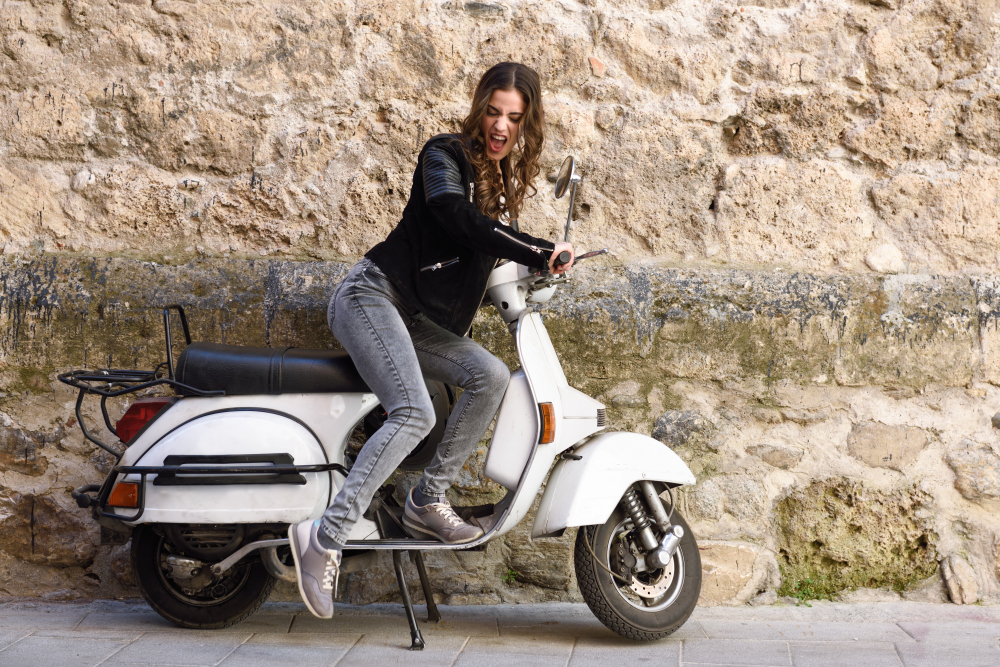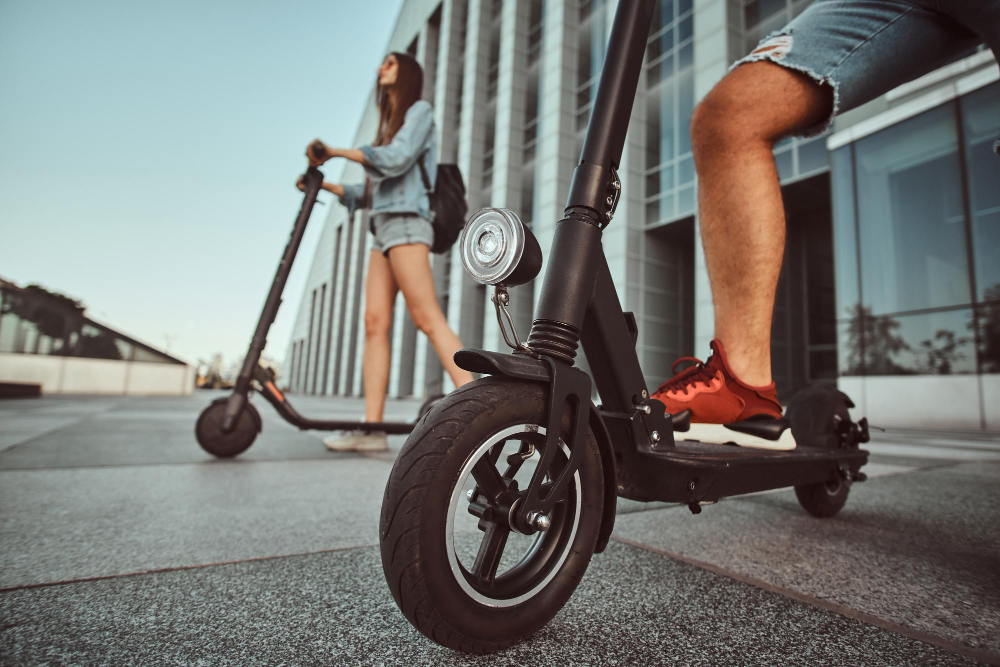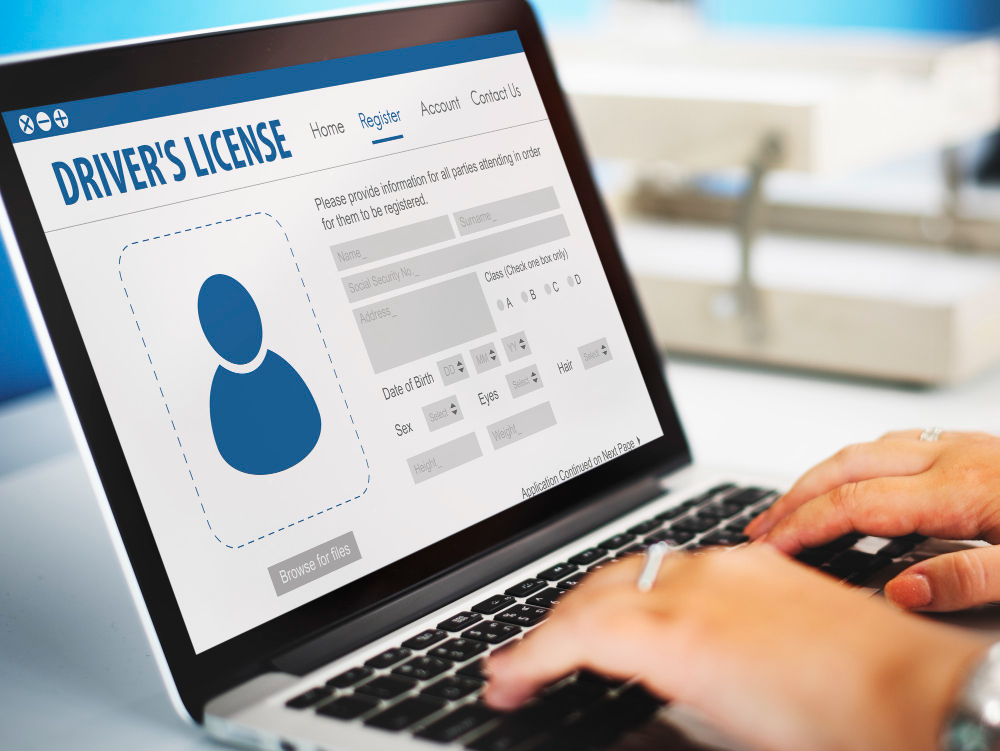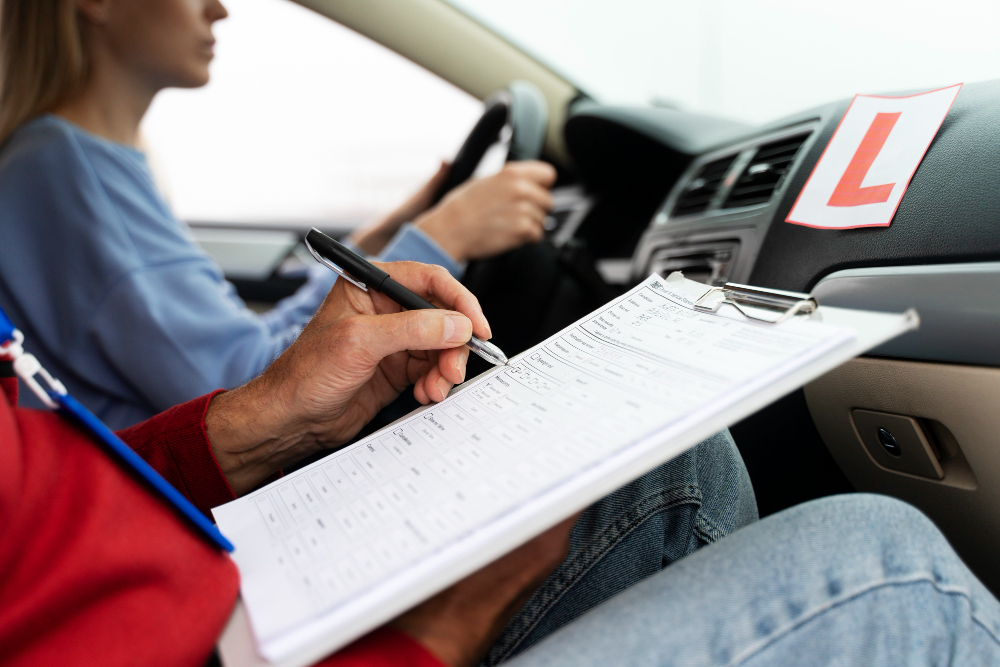So, you’ve decided to ride a scooter and travel around the Hawaiian island, but, have you got your scooter license?
In Hawaii, there are different rules and regulations for different two-wheelers. What you’ll mostly see being ridden on the public roads of Hawaii are motorscooters and mopeds. While both vehicles may look the same, be careful as they have different license requirements.
If you want to get a scooter license, you need to understand Hawaii’s state laws and specific requirements for different types of scooters and the licensing process.
Want to know how to get your scooter license, this guide has all the necessary steps needed to legally operate a scooter, along with the necessary permits, tests, and regulations.
Obtaining a scooter license in Hawaii involves understanding the state’s specific requirements for different types of scooters and the licensing process. This guide outlines the steps necessary to legally operate a scooter, including the necessary permits, tests, and regulations.
Understanding Scooter Classifications
In Hawaii, scooters are classified based on engine size:
Mopeds

Mopeds are two or three-wheel vehicles with an engine size of 49cc. They are usually equipped with pedals but the newer models don’t have them nowadays. These are small and lightweight compared to the bulky motorscooters.
You’ll generally see only a single person riding it as riding it with a passenger is not allowed. The maximum speed they can go up to is 30-35mph, making it best for daily commute.
Motor Scooters

Just like mopeds, motorscooters too are two-wheeled vehicles but they have an engine size of 50cc and above. You can ride the motorscooter, carrying another passenger and that’s totally legal.
They can reach a maximum speed of 60mph which means, they are a great option if you want to travel a long distance. These are heavy compared to the moped which means, they are even much more stable.
You can find motorscooters in two categories—gas-powered and electric-powered. If you’re an environment-conscious rider, an electric option will be your way to go!
Electric Foot Scooters

Coming to the most hyped and convenient vehicles are these electric foot scooters. These are not like the normal two-wheel scooters. While they do have two wheels, the catch is you can’t be seated and ride this one. It’s got a handlebar and a floorboard where you’re supposed to stand and ride it.
These motorized scooters can only be ridden on the bikeways, bicycle paths, and trails and not anywhere on the footpath. These can reach a maximum speed of 15mph.
The important part, you don’t need a different license to operate it. Any regular valid driver’s license will suffice.
Licensing Requirements

If you’re considering getting your scooter license, here’s a quick rundown of what you need to know:
- You must be at least 15 years and six months old to apply.
- A valid driver’s or motorcycle license is required.
- You’ll have to pass a vision test and a written exam.
- Taking a motorcycle safety course isn’t mandatory, but it’s highly recommended.
- Don’t forget to secure proper motorcycle liability insurance.
Simple enough, right? Now you’re well on your way to legally ride on the streets of Hawaii!
How To Get A Scooter License For Moped (49 cc)

To ride a moped, you must have a valid driver’s license or moped instruction permit (Class 1) from any state or country. This is important especially if you are a tourist and would want to rent a moped as your primary transportation.
In case, you’re a local and want to get a moped license, here are a few steps you need to follow:
-Application Process
- Visit the DMV website to make an appointment with the local DMV for your license work.
- You can also schedule an appointment at a Driver Licensing Center using the AlohaQ system (it’s necessary for an easy process).
- Fill out an application for a Class 1 Instruction Permit.
-Carry The Right Documents
- Carry a proof of identity which can be your passport or your birth certificate.
- Two copies of proof of address (Hawaii) which can be your lease agreement or utility bill. In case a minor or anyone less than 18 years old, carry parent’s address proof.
- Provide your Social Security Number.
-Final Process
- Submit the completed application form correctly.
- Get a clean chit for your driving record from the National Driver Registry.
- Pay the required fees.
- Submit a Parental Consent Form (applicable for minor applicants or those less than 18 years old).
-Other Requirements
- Pass a basic vision test to ensure you can safely drive on the road. After the test is completed, you should pay a $5 learner’s permit fee.
- Complete a written test covering the rules of the road specific to mopeds. Written tests can be taken online for $12 or $2 in person.
- Get liability insurance to protect yourself financially in case of an accident (not compulsory).
Steps To Get A Motor Scooter License (50cc And Above)

If you want to operate motor scooters with engines larger than 50cc, you must have a valid motorcycle license, and for that, you need to apply for a motorcycle license (Class 2). Also, make sure to carefully follow the given steps:
-Application Process
- Visit the DMV website to make an appointment with the local DMV and apply for a Class 2 Motorcycle Instruction Permit.
- Present identifying documents the same as what’s required for a moped license (proof of name, date of birth, social security number).
- Pass a vision test to make sure you can drive well on the streets of Hawaii.
- If you do not have a Class 3 driver’s license, you’ll also need to successfully complete both the general driver knowledge test and the motorcycle examination to show your understanding of essential road rules and safety precautions.
-Get A Driver’s Education Certification
If you’re under 18, completing a driver’s education course is mandatory. This program includes both classroom instruction and hands-on, behind-the-wheel training to equip you with essential safe driving skills.
Course Completion Requirements
Upon finishing the course, you must obtain two certificates:
- Driver Education Student Completion Certificate
- Behind-the-Wheel Student Completion Certificate
These documents verify that you’ve met the necessary training requirements, bringing you one step closer to earning your license.
A non-refundable fee of $50 needs to be paid to book the test. Click here to schedule a road test.
*Note: You cannot take a rented vehicle for the road test.
Road test appointments can be taken at these locations:
- Hilo (349 Kapiolani Street)
- Kona (74-5044 Ane Keohokalole Highway)
- Waimea (65-1158 Mamalahoa Highway)
- Pahoa (15-2615 Keaau-Pahoa Road).
You can also call or email the locations for an appointment for test site locations:
Hilo
- Contact Number- 961-2223
- Email ID- roadtestappt@hawaiicounty.gov
- Location- Afook Chinen Civic Center at 323 Manono Street
Kona
- Contact Number- 323-4800
- Email ID- konaroadtest@hawaiicounty.gov
- Location- Kekuaokalani Gym on Kuakini Highway (the outdoor basketball court)
-Receive A Temporary Instruction Permit
After passing preliminary tests, you will receive an instruction permit valid for one year. However, there are a few rules you must follow while carrying this permit along with you.
- Daylight riding only – No trips after dark.
- Protective gear is a must – Wear a DOT-approved helmet and goggles for safety.
- No passengers – It’s just you and your ride.
- Carry it all the time – It’s your lifesaver for a year so have it all the time.
-Skills Test Requirements
You’ll need to pass an off-street riding skills test unless you’ve completed an approved motorcycle safety course that waives this step. What more do you need to know?
Bring Your Own Ride – Your motorcycle or scooter must meet all safety standards and have valid registration and inspection.
What’s on the Test? – You’ll be evaluated on key riding skills, including quick stops, turning, and maneuvering around obstacles.
Get plenty of practice, and you’ll be ready to hit the road with confidence in no time!
-Other Requirements
- For motor scooters over 50cc, liability insurance is mandatory. Make sure to shop around for insurance providers to find coverage that fits your needs and budget.
Registration Of Scooters

Whether you have a moped or a motorscooter, just having a license or a moped permit won’t be enough. All the scooters need to be registered with the Hawaii Department of Motor Vehicles (DMV).
This means, you need to pay a registration fee and also have a license plate on your scooter to legally ride the scooter on the road.
The registration process includes:
Presenting of proof of ownership (bill of sale or title).
Providing a valid safety inspection certificate.
*Note: Registration fees vary based on the type of vehicle and its weight.
Final Steps To Get Your License

Here’s what you’ll need to bring (and wear) to pass the Motorcycle/Moped Skills Test:
Required Documents:
- Your motorcycle/moped permit
- Current registration
- Valid safety inspection form (plus the inspection sticker on your bike)
- Proof of insurance (not required for mopeds)
Essential Safety Gear:
- DOT-approved helmet
- Proper riding attire – Long sleeves or a jacket, pants, and closed-toe shoes or boots (no slippers!)
For Riders Under 18:
- Must hold a Class 1 or 2 permit for at least 180 days.
- Must submit both a Driver’s Education Certificate and a Behind-the-Wheel Motorcycle Certificate before taking the test.
Other Things To Consider
Apart from just getting your scooter license, it’s important to follow a few rules and regulations to stay safe on the road, as well as ride the vehicle legally.
Helmet Requirement
Regardless of your age or experience, wearing a helmet isn’t optional—it’s the law and a crucial safeguard against serious injury.
Essential Safety Gear
A helmet is just the beginning. Wearing a sturdy jacket, gloves, and proper footwear can provide extra protection in case of an accident.
Know the Local Laws
You really don’t want to spend extra cash on paying fine especially if you’re on a budget trip in Hawaii.
- Hawaii has specific laws and regulations for motorcycles and scooters.
- Lane splitting is illegal, so stick to your lane.
- Follow all traffic signals and road rules to stay compliant.
Be Mindful of Road Conditions
Hawaii’s roads can be unpredictable. Watch out for:
- Rain-slicked surfaces
- Uneven pavement
- Potholes and other obstacles
Conclusion
The process of obtaining your scooter license in Hawaii is straightforward if you follow the right steps. Whether you’re riding a moped or a motor scooter, understanding the license requirements, registration process, and safety regulations ensures you’re riding legally and responsibly.
Make sure to stay updated on any law changes that might affect your ride, and always prioritize safety. Now, get out there and enjoy the stunning Hawaiian roads—happy riding!
Frequently Asked Questions
What can I expect in the skills test?
The scooter license test in Hawaii assesses your knowledge of road rules, highway signs, and safe driving practices, along with an off-road skills evaluation. To pass, you’ll need a minimum score of 70%. If you need extra preparation, you can pick up a Motorcycle Operator Manual from any field office or access it online through the Hawaii Department of Transportation website. Reviewing this guide and practicing your riding skills will help ensure you’re ready to pass the test and hit the road with confidence.
How long does it take to get a scooter license?
If a road test is required, it may take a few weeks. If only a written test is needed, you may get your license the same day.
Are there any study materials to prepare for the written test?
Yes. The Hawaii State Driver’s Manual is available for purchase at most local stores, making it easy to access essential road rules and regulations. If you’re looking for the Motorcycle or Commercial Driver License Manuals, you can pick up a copy at the Hilo, Kona, and Waimea Driver License Offices. Having these resources on hand will help you prepare for your test and ensure you understand the necessary safety and licensing requirements.

